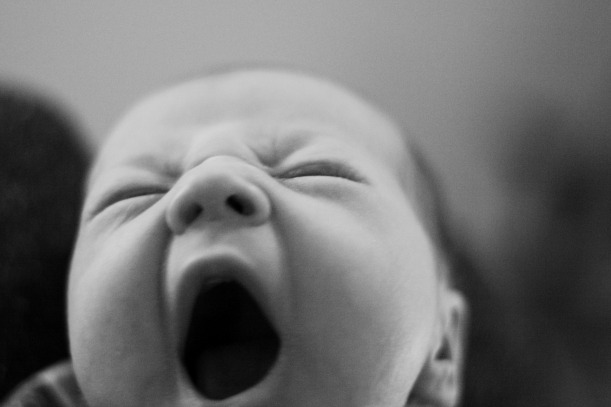- Snakes and fish do it. Cats and dogs do it. Even human babies do it inside the womb. And maybe after seeing the picture above, you’re doing it now: yawning.
- Yawning appears to be ubiquitous within the animal kingdom. But despite being such a widespread feature, scientists still can’t explain why yawning happens, or why for social mammals, like humans and their closest relatives, it’s contagious.
- As yawning experts themselves will admit, the behavior isn’t exactly the hottest research topic in the field. Nevertheless, they are getting closer to the answer to these questions.
- An oft-used explanation for why we yawn goes like this: when we open wide, we suck in oxygen-rich air. The oxygen enters our bloodstream and helps to wake us up when we’re falling asleep at our desks.
- Sounds believable, right? Unfortunately, this explanation is actually a myth, says Steven Platek, a psychology professor at Georgia Gwinnett College. So far, there’s no evidence that yawning affects levels of oxygen in the bloodstream, blood pressure or heart rate.
One budding theory:
- Yawning—a stretching of the jaw, gaping of the mouth and long deep inhalation, followed by a shallow exhalation—may serve as a thermoregulatory mechanism, says Andrew Gallup, a psychology professor at SUNY College at Oneonta. In other words, it’s kind of like a radiator.
- In a 2007 study, Gallup found that holding hot or cold packs to the forehead influenced how often people yawned when they saw videos of others doing it. When participants held a warm pack to their forehead, they yawned 41 percent of the time. When they held a cold pack, the incidence of yawning dropped to 9 percent.
- In studies of mice, an increase in brain temperature was found to precede yawning. Once the tiny rodents opened wide and inhaled, the temperature decreased.
- Yawning as a thermoregulatory system mechanism could explain why we seem to yawn most often when it’s almost bedtime or right as we wake up. “Before we fall asleep, our brain and body temperatures are at their highest point during the course of our circadian rhythm,” Gallup says.
Learn more (via Smithsonian Magazine) here.
